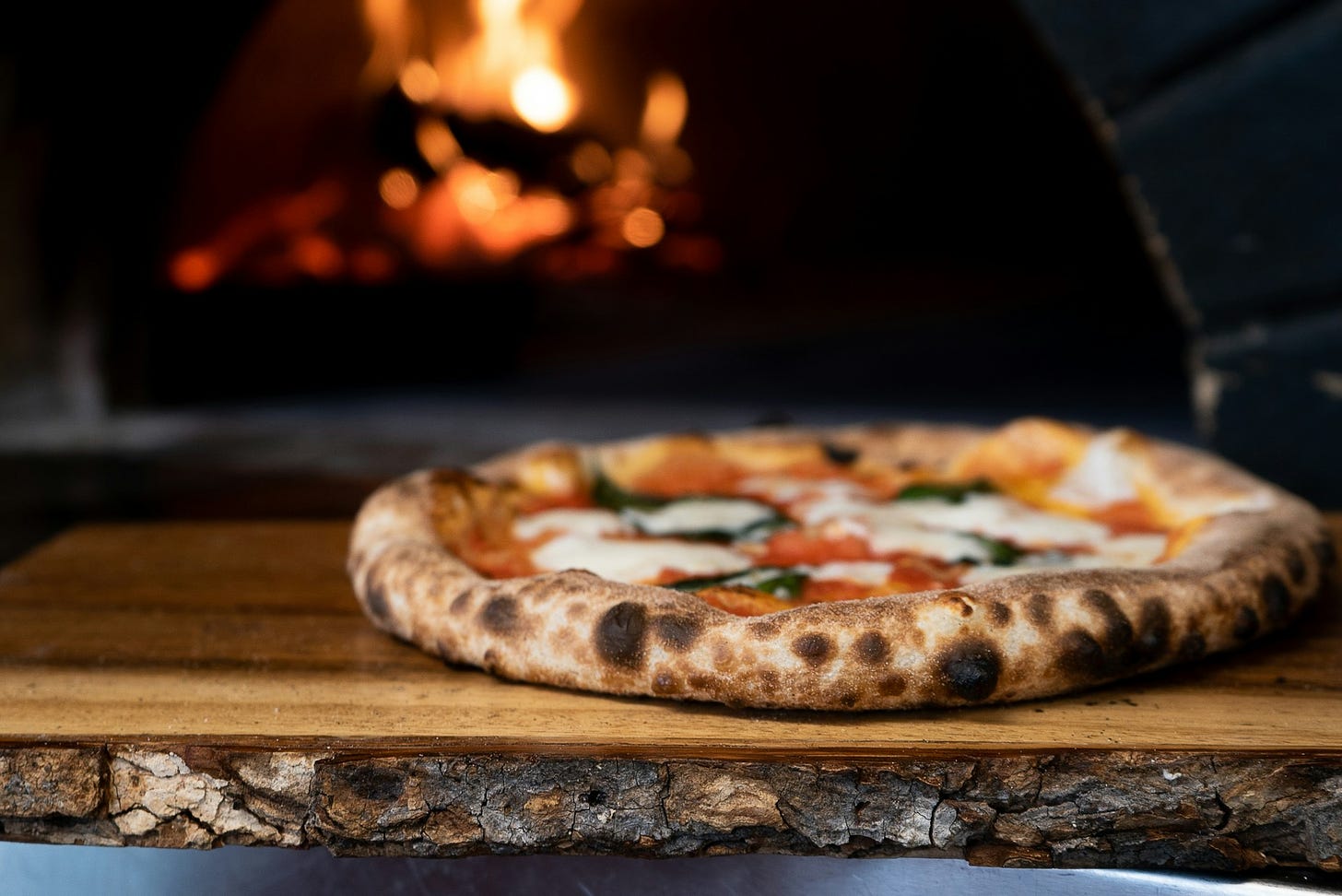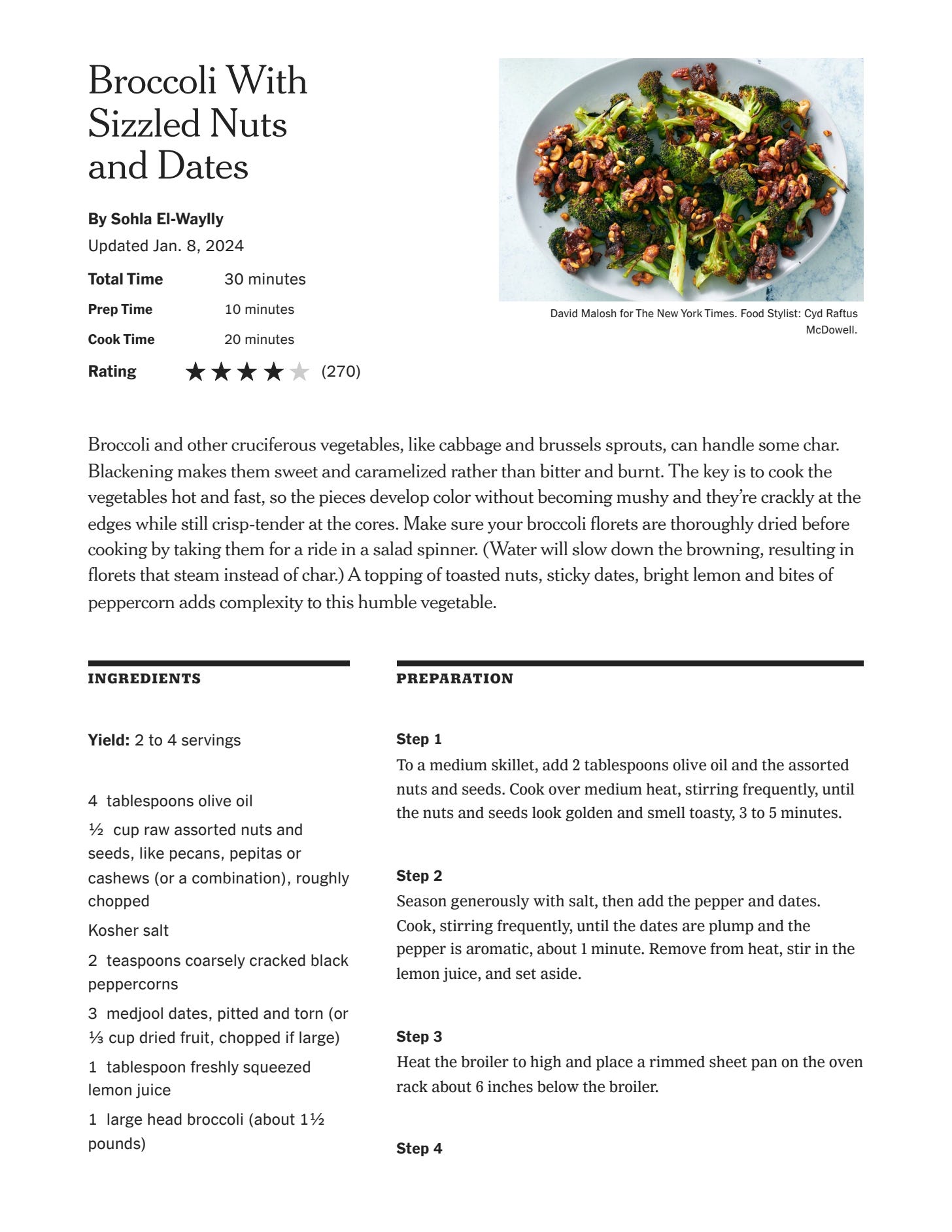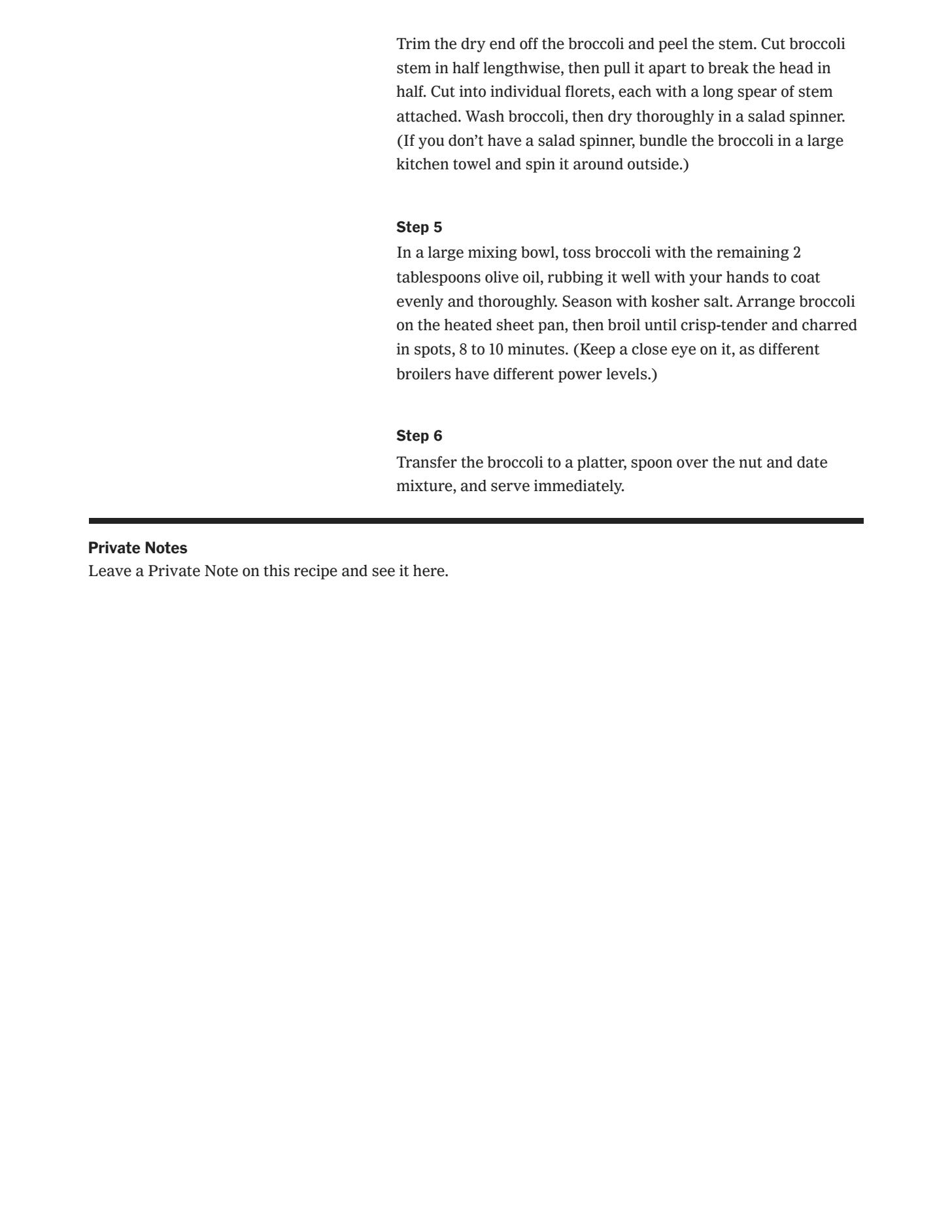Welcome to Toast, my weekly newsletter. Each week, I send an easy tip paired with a great recipe, designed to help you become an even better cook. You are receiving this because you subscribed or attended one of my cooking classes.
There is an easy way to bring the intensity, complexity, smoky flavor, and blackened bits of food that have been cooked on the grill into your kitchen, without firing up the grill.
It’s called char.
Char occurs when rich, intense flavors of naturally occurring sugars and amino acids are carmelized by cooking over high heat. Fruits, vegetables, mushrooms, polenta, bread, even pound cake - all benefit from this miracle of nature. Charred and blackened foods also carry the smokiness of the fire or heat source they were cooked on, making them even more delicious.
There is a fine line between charred and burnt. Char is a flavor profile. Burnt is just terrible.
Burned foods are overwhelmingly bitter with strong acrid notes. All of the foods’ natural flavor is lost to the blackened, carbon-like taste.
A chef with a wood-fired oven taught me this brilliant bit of cooking wisdom. Pizzas would come out of the oven with tender crusts boasting a scattering of leopard spots on the underside and an array of beautiful blackened bubbles peppering the edges. The pizzas were not burnt, they were charred. On purpose. Char is a flavor profile.
Char is something we want to taste in foods. It brings out complex flavors, sweetness, and depth, and reduces some foods’ inherent bitterness.
No grill required
A grill is just one of your charring options. If you’ve got heat, you can char your food.
On the gas grill: In a saute pan or directly on the super hot grate.
Over a direct flame: A charcoal grill or even the burner of your gas stove with a wire rack placed across it. Fast and effective, but can be a little messy, especially on your stove.
Under the broiler: On a rimmed baking sheet a few inches from the heating element.
On the stovetop: In a skillet or on a griddle, preferably cast iron, that gets really hot.
I love the flavor of charred foods - grilled peach halves, crunchy well-cooked mushrooms, and the rustic twist it adds to thick slices of toasted bread. But the place where I most appreciate a bit of char is on my veggies. Asparagus, cauliflower, zucchini, tomatoes, eggplant, squash, and sweet potatoes are all better versions of themselves when they’ve been charred.
How to char your veggies
Prep your veg
Clean, chop, slice, peel and seed your veggies as needed. Be sure to remove as much water as possible, so they are dry when they hit the heat.
Fire up your heat source, then add your veggies
You want your grill or skillet to be really hot when you add your veggies.
We want a nice ratio of charred to non-charred pieces. Toasted and crispy, but also cooked through. We only want to char one or two sides, leaving the other sides to gently steam on the heat which creates the flavor contrast we are looking for.
Leave them alone
Every time you stir, poke, flip, or toss your veggies in the pan or on the grill, the charred crust stops cooking. Let them cook without touching them, then toss them once and back away.
Without constant contact with the direct source of heat, you will end up with veggies that are steamed all the way through, instead of charred to perfection. Still delicious, but not what we are looking for.
Serve them right away
Charred and blackened veggies cool quickly and you’ll want to enjoy them as soon as possible.
This week’s recipe is for Broccoli with Sizzled Nuts and Dates by Sohla El-Waylly in The New York Times. It’s a fantastic take on charred broccoli. I hope you give it a try.
With much love ~
Chelly







